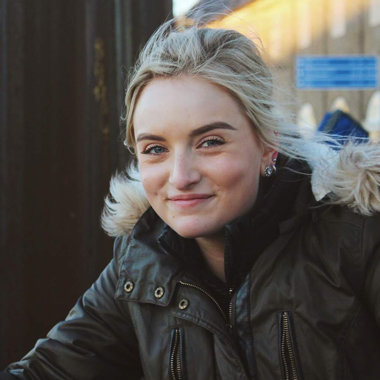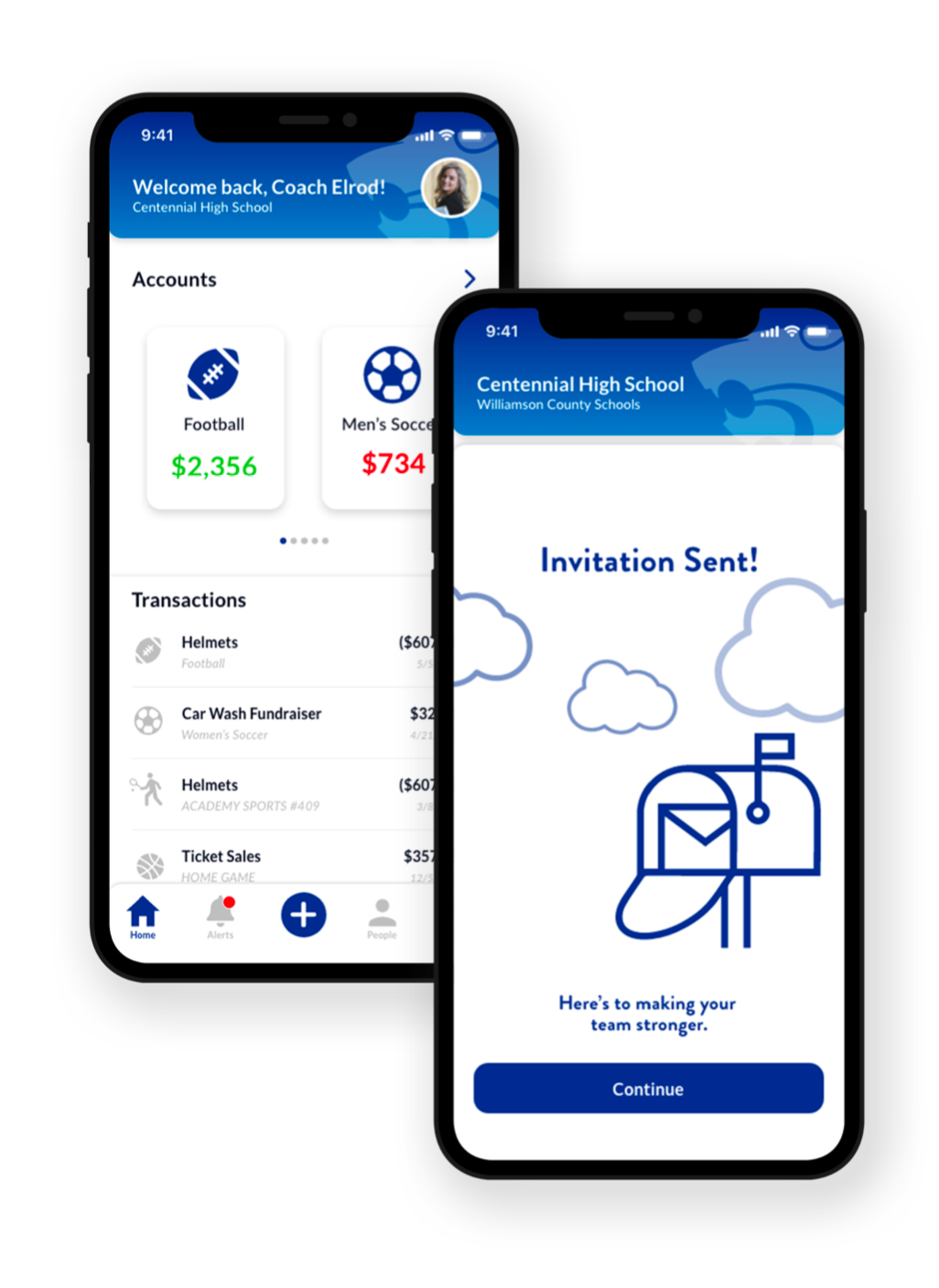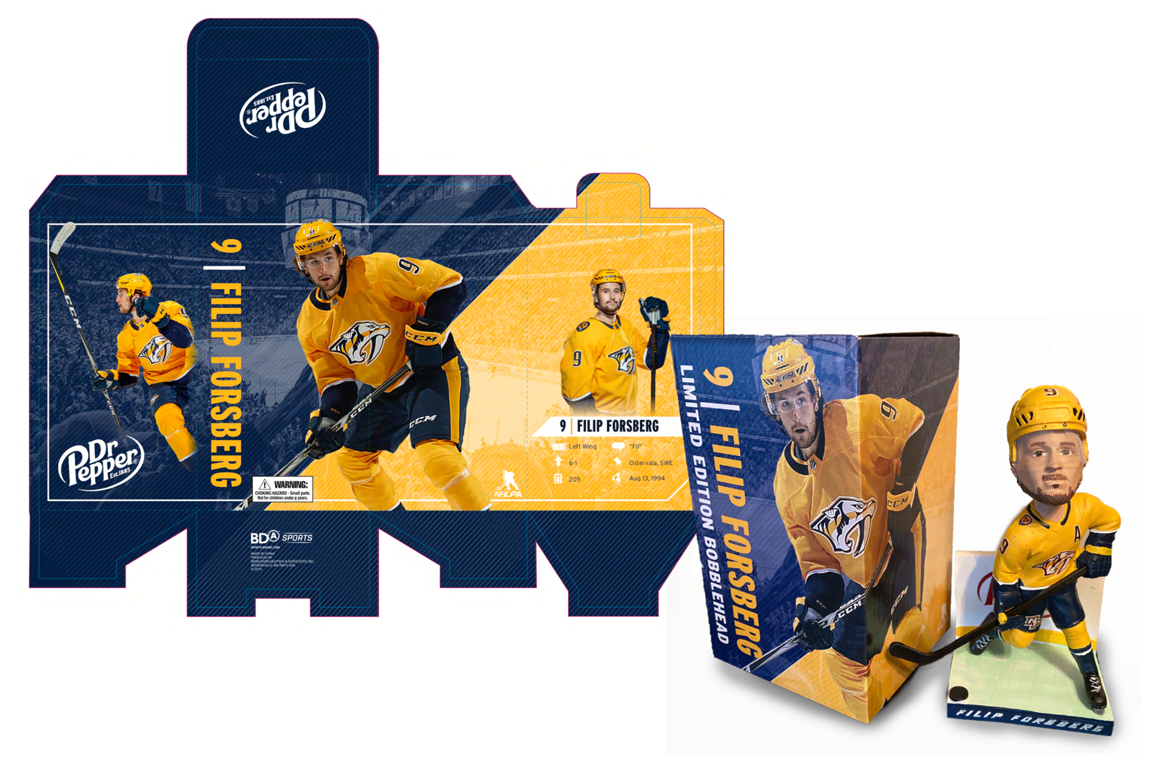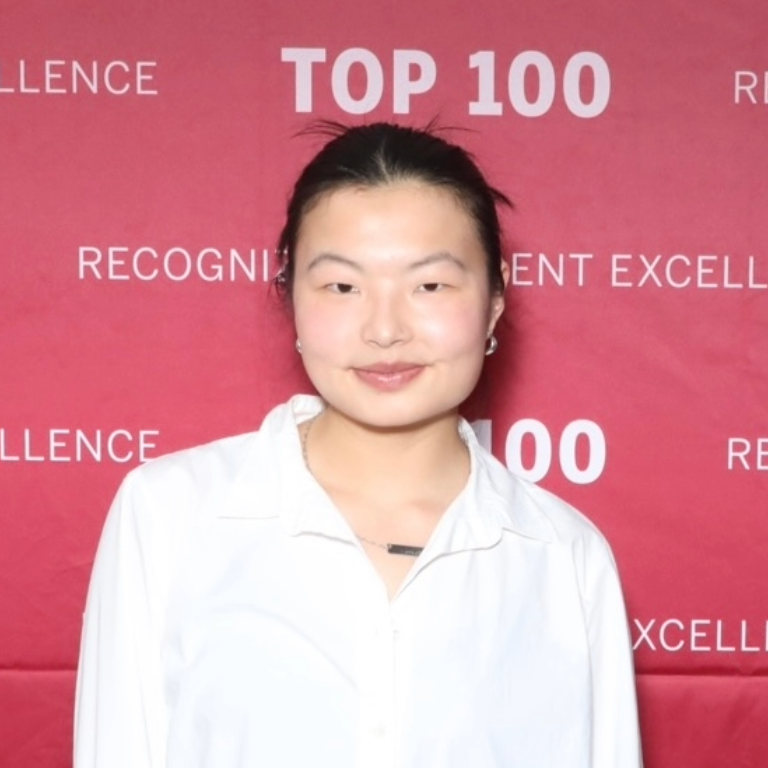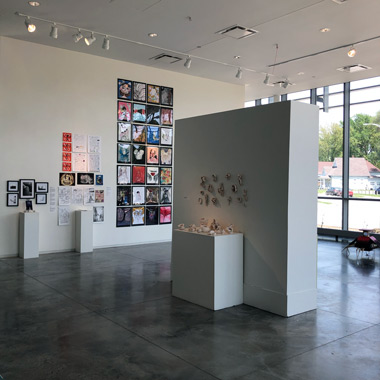HERRON: What did your study abroad experience in Denmark teach you about balancing purpose with aesthetics and using design to improve everyday life?
ELROD: The study abroad program in Denmark was such an immersive and unforgettable experience. Part of being a designer is recognizing the needs of people beyond your way of life. Denmark does such a fantastic job of thinking about the needs of others and incorporating them into design in a seamless manner. For example, hand-held baskets in Denmark's grocery stores often have the subtle versatility of being pulled back as a rolling cart.
The best part about the trip were the workshops with design professionals focused on people-centered design. One of the workshops included making lunch for the group with items we purchased in a grocery store across the street. We broke up into groups, and the design firm assigned us a characteristic that we had to carry on while shopping. Some groups had their fingers taped together, so it was harder to grab items, and some groups weren't allowed to talk at all during the trip to the store.
Afterwards, we reconvened to create design solutions that might have helped individuals with issues like this when shopping in the grocery store. This was the moment when the concept of people-centered design really clicked for me.
HERRON: Tell us about your pocket map—a popular project among sophomore visual communication design students that allows total creative freedom to concentrate on the topic of your choice. What motivated you to focus on parkour and free-running?
ELROD: The funny thing is, I didn't have any previous knowledge of parkour or free-running at all, except when I got mesmerized by watching video after video on YouTube about it. A lot of the pocket map examples I saw before starting the project had to do with food or scenic views, so I just wanted to do something different.
After looking at the city from a different angle, I found that there were a lot of interesting structures and places that would be very fun to do tricks (that I wish I could do... but I think I'll stick to design). After settling on the topic and doing research on parkour, my friends and I went downtown to look for places that parkour artists or free-runners would enjoy. It was a fun way to learn something new and explore Indianapolis.
HERRON: You have frequently combined sports with your educational path. How did your time at Herron help you realize that this could lead to a career in that field?
ELROD: Sports have always been a part of my life. My two older brothers have been playing ice hockey since I was born, and my mom has worked at a local ice rink for fourteen years. And though I tried eleven different sports and couldn't stick to one, I've always been intrigued by them, and I never knew why.
It wasn't until I began my visual communication design studies that I knew that sports have the power to bring people together, no matter who they are. The phrase "people-centered design" wasn't in my vocabulary until I was introduced to the practice at Herron. Once I understood what it meant, I fell in love with designing for people, and I began to bridge the gap between sports and my desire to unite people through design.


